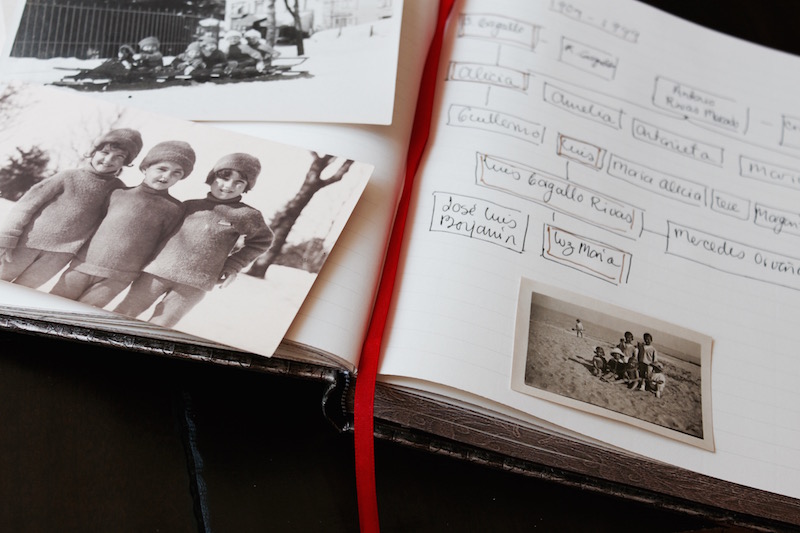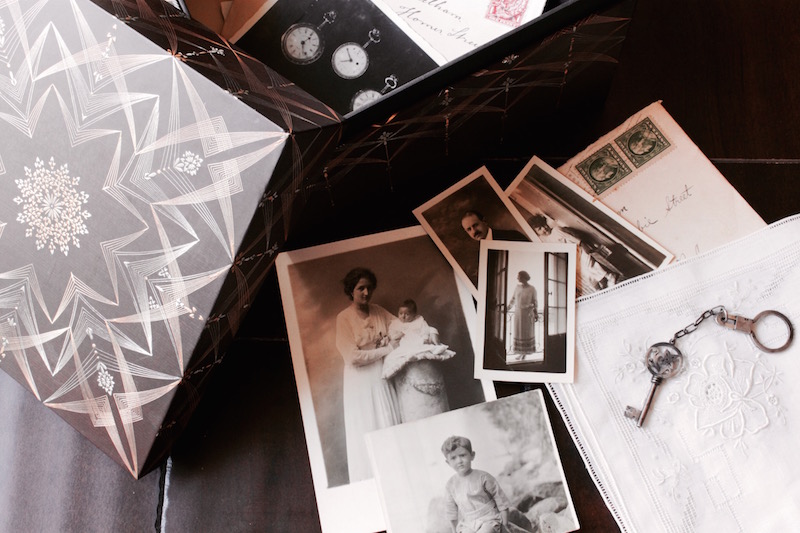We are pleased to be able to bring back guest blogger (and freelance writer, editor and translator) Andrea Marvan for another Writing Wednesday. If you missed her first visit to the Endpaper Blog, please check out her post Writing Wednesday: Pick Up a Craft. You can check out more of her writing via UPPERCASE Magazine and Bridgeman Blog. And as you can see below, she’s also a very talented photographer, so be sure to visit her Instagram page for more great photos!
Check out what Andrea has to say on developing believable characters, below.
It is not often that I have deep conversations with my 8-year-old, but when I do I tend to brag about it, so brace yourself.
Diego recently stole one of my Paperblanks journals and began to write his own stories (see? I told you I would brag). Over dinner, we were discussing his character, Dragon Boy, and how Diego felt he was “stuck.” I asked something about Dragon Boy’s childhood and Diego replied – rolling his eyes, of course – “It doesn’t matter, Mom! That part is not in the book. The story begins when Dragon Boy is a teenager.”
Oh, but it does matter! We may not need to include every second of our characters’ lives in our stories, but it does help us to get to know them better so we can anticipate how they will react to the events we put in their paths. Your story, especially if it’s a short story, will be only a glimpse of your characters’ lives. Yet, you do need to know in your head many details about them so you have separate individual characters rather than the same character with different names.
Now, I realize that I’m in no position to give writing advice to anybody (other than to my kid) but here are some useful tips that I have learned, especially from Linda Seger in her book Creating Unforgettable Characters (Owl Books 1990):
- Figure out their background; it will give you context. Create a family tree!
Think about your own experiences and the ones from people you know and make the rest up! In the words of Linda Seger, “Character is created through a combination of knowledge and imagination.”
- If you need inspiration, go nostalgic. Dive into your own childhood memories or your grandma’s memento box.
- Paradoxes and emotional layers make for complex characters. Include in their backstory information from the following aspects of your character’s life: Physiology (age, sex, appearance), Sociology (occupation, education, religion, political affiliations) and Psychology (moral standards, attitude towards life, temperament, personality).
- Interview your characters, but make sure you ask questions to bring emotions rather than just facts (i.e., “How did you feel when your dog died?” vs. “What was your dog’s name?”).
Keep this information handy in your Paperblanks journal so you can refer to your notes and be consistent with each character’s nature.
* As for Diego, he overcame writer’s block and is now writing his second book in a new Paperblanks he stole from me, of course.
© Photographs by Andrea Marvan









